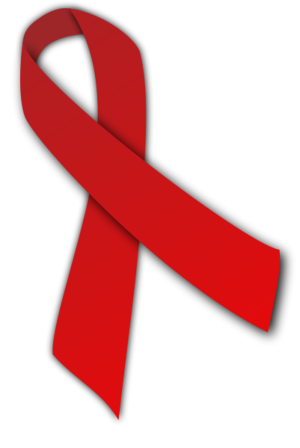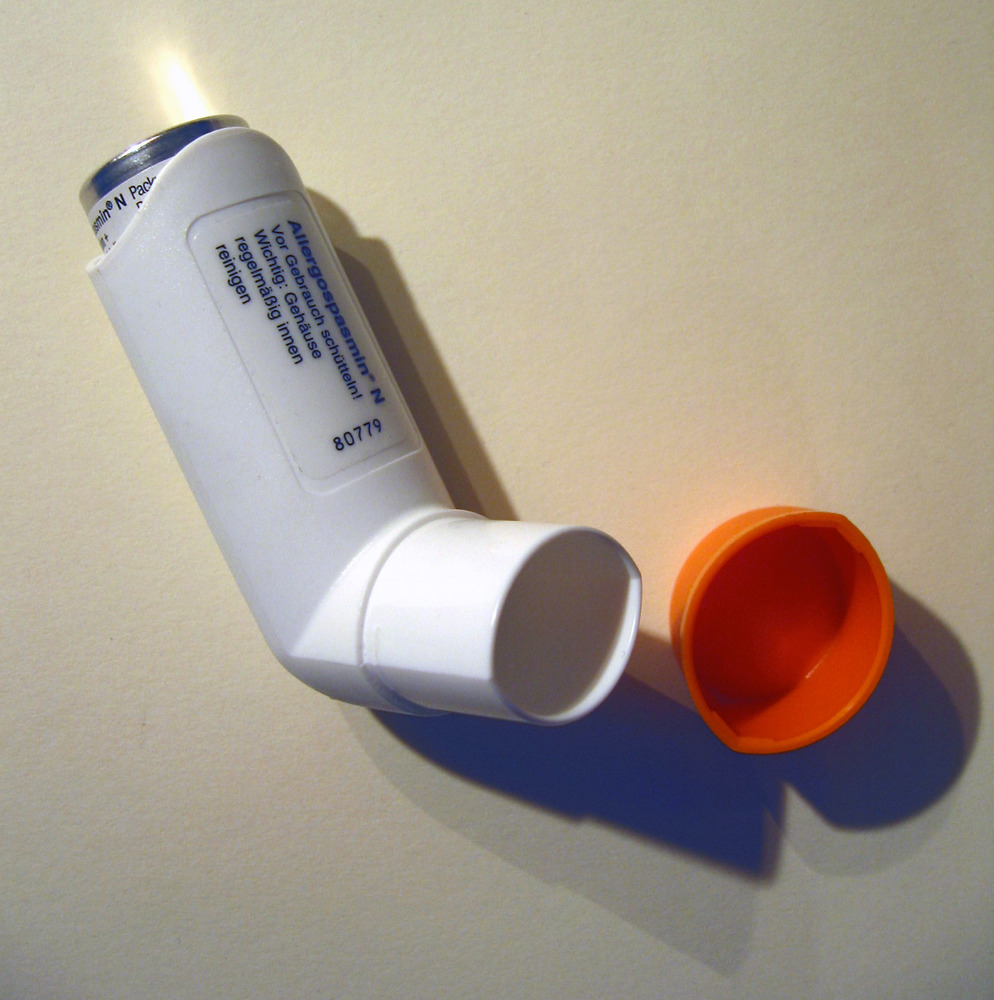In the
last article we saw the immune system described as a highly-coordinated system of cells, tissues and molecules present across the animal kingdom. At the heart of the immune system is the principle of the identification and eradication of foreign matter from the body of the 'host' animal. However, it also encompasses the eradication of 'host' cells that have malfunctioned, as in the case of some cancerous cells.
Unless you're shot in the head or hit by a bus, your immune system has a major and direct influence on your life span!
Under normal circumstances the immune system acts for the good of the host - preventing infection and cancer. However, it can sometimes seem to be acting in a negative manner by actually causing disease rather than preventing it. This article aims to discuss and highlight two extremes of the immune system, with disease examples for both. 
The Goldilocks phenomenon
Disorders in an individual's immune system can result in conditions of varying severity from affecting quality of life through to death. Often described as the "Goldilocks phenomenon", the activity of the immune system can result in disorders through either not reacting readily enough or by eliciting an immune response too promptly. In the first instance, where the immune system is not responsive enough, immunodeficiency diseases can occur, often resulting in recurring and life-threatening infections
Immunodeficiency can arise from a number of sources; the result of a genetic disease, such as in the case of severe combined immunodeficiency (SCID); from the use of pharmaceuticals, such as immunosuppressive drugs; or through an infection, such as acquired immune deficiency syndrome (AIDS) that is caused by the retrovirus HIV. In situations when the immune system is hyperactive and works more effectively than it should, the result can be an attack on normal tissues, as if they were foreign organisms. This can result in autoimmune diseases such as diabetes mellitus (type I diabetes), rheumatoid arthritis, lupus erythematosus, coeliac disease and allergies to name but a few.
Immunodeficiency
Immunodeficiency can occur when one or more components of the immune system are defective or inactive. The ability of the immune system to respond to pathogens is reduced in both the very young and the elderly, with immune responses starting to decline after the age of 50 on average due to immunosenescence. In developed countries obesity, alcohol consumption and drug abuse are common causes of poor immune function. However, malnutrition is the most common cause of immunodeficiency globally due to the often poor diet of individuals in developing countries. Diets lacking sufficient protein and deficiency of single nutrients such as iron, copper, zinc, selenium, vitamins A, C, E, and B6, and folic acid have all been reported to reduce immune responses. Additionally, loss of thymus function at an early age through genetic mutation or surgical removal, for example during some paediatric heart surgery, can result in severe immunodeficiency. Immunodeficiency can also be inherited, for example chronic granulomatous disease (CGD) is a genetic condition whereby patients suffer from recurrent bouts of infection due to the decreased capacity of their immune system's phagocytes to fight off disease-causing pathogens. HIV infection and some types of cancer result in acquired immunodeficiency as a symptom.
Overactive immune responses
In contrast, an overactive immune system can be the cause of several conditions characterised by an inappropriate response by the immune system. This can be down to either a failure to fully distinguish between self and non-self, thus resulting in an attack on the body's own tissues as in the case of autoimmunity, or by an over-reaction to the environment in the instance of hypersensitivity. These undesirable and damaging responses may be divided into four classes based on the mechanisms involved and the timeframe of the reaction:
| Type | Description | Example |
| I | An immediate or anaphylactic reaction, often associated with an allergy. Symptoms range from mild discomfort to death. | Asthma |
| II | Occurs when antibodies bind to antigenson the patient's own cells, marking them for destruction, | Autoimmune haemolytic anaemia |
| III | Triggered by aggregations of antigens, complement proteins and antibodies which are deposited in various tissues. | Systemic lupus erythematosus |
| IV | Also known as cell-mediated or delayed type hypersensitivity, these conditions usually take between two and three days to develop and are involved in many autoimmune and infectious diseases. May also involve contact dermatitis as in the case of poison ivy. | Contact dermatitis |
Immunodeficiency case study
Severe combined immunodeficiency (SCID), or Boy in the Bubble Syndrome, is a severe, genetically inherited immunodeficiency disorder in which one's adaptive immune system is completely disabled due to a defect in one of several genes. SCID is listed as a rare disease by the Office of Rare Diseases of the National Institutes of Health, meaning that SCID, or a subtype of SCID, affects less than 200 000 people in the US population. Affected individuals are extremely vulnerable to infectious diseases with symptoms including chronic diarrhoea, ear infections, recurrent pneumonia and profuse oral infection with Candida. Babies born with SCID, if untreated, usually die within their first year due to severe, recurrent infections. Several US states are undergoing pilot studies to diagnose SCID in newborns (as of February 1st 2009 Wisconsin and Massachusetts screen all newborns). To date, the most common treatment for SCID is a bone marrow transplant from a related donor, preferably in the first 3 months after birth or before the child is born. Gene therapy techniques have also been developed and as a result, the first treatment of SCID patients occurred in 2000 and allowed these individuals to have a functional immune system for the first time. These trials are, however, on hold due to an increased occurrence of leukemia in these patients.
Hypersensitivity case study
Asthma is a very common chronic disease the affects the respiratory system whereby the airways constrict, become inflamed and lined with excess mucus. Often in response to one or more triggers, an asthmatic response may result from exposure to airborne allergens, tobacco smoke, cold or warm air, perfume, exercise, stress to name but a few. Symptoms of asthma can range from mild to life-threatening and include wheezing, chest tightness and itching, coughing and shortness of breath. Such symptoms can usually be controlled with a combination of drugs and environmental changes following the identification of triggers. Attention in developed countries has focused on asthma because of its rapidly increasing prevalence, affecting up to one in four urban children. However, asthma is caused by complex interactions of environmental and genetic factors that are not yet fully understood. By the end of 2005 25 genes had been associated with asthma in several populations. Many of these genes are related to the immune system or to modulating inflammation.
Autoimmune case study
Rheumatoid arthritis (RA) is a chronic and systemic autoimmune disorder, the causes of which are still incompletely known. It most commonly results in the inflammation and tissue damage of joints and tendon sheaths. RA can be a disabling and painful condition which can ultimately lead to the substantial loss of function and mobility. Whilst there is currently no known cure for RA, treatment can alleviate symptoms and in some cases modify the process. Such treatments range from physical therapy, painkillers and anti-inflammatory drugs through to disease-modifying antirheumatic drugs (DMARDs) which can be used to inhibit the causative immune processes. The course of RA varies greatly with some people having mild short-term symptoms but, in most cases the disease is progressive and chronic.










Comments
Add a comment